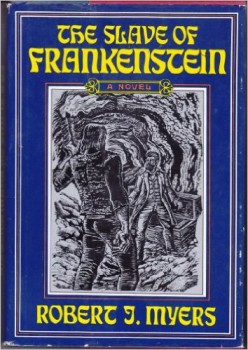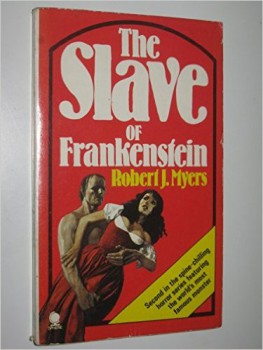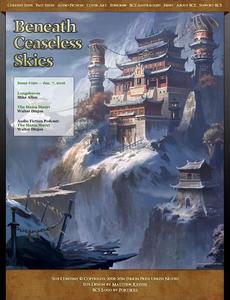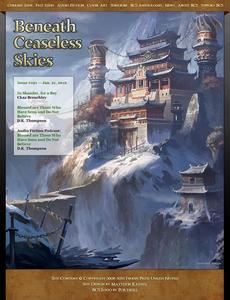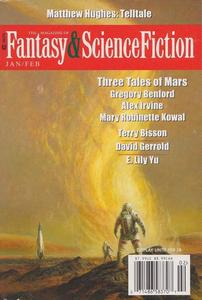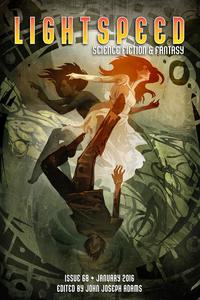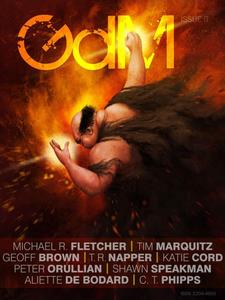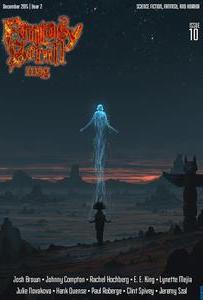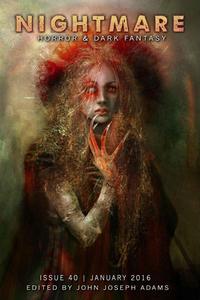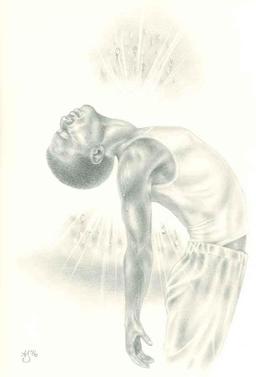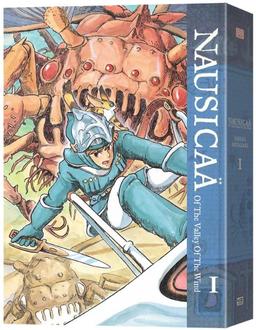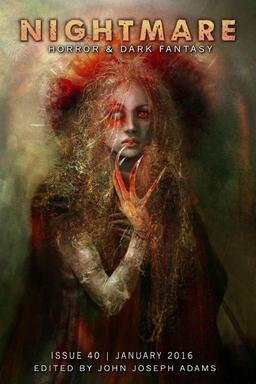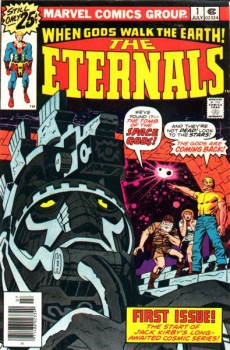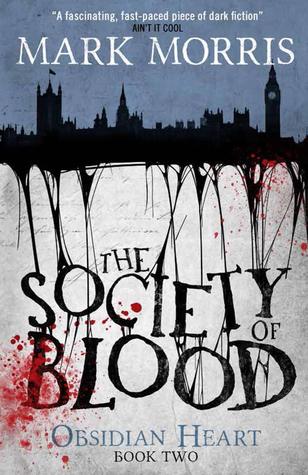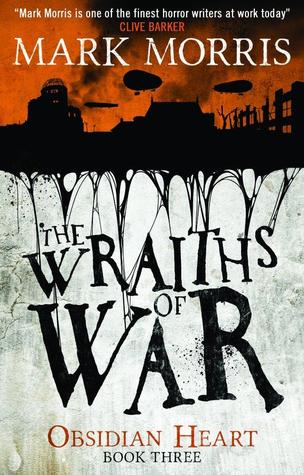Non-Compliant and Self-Aware: Bitch Planet
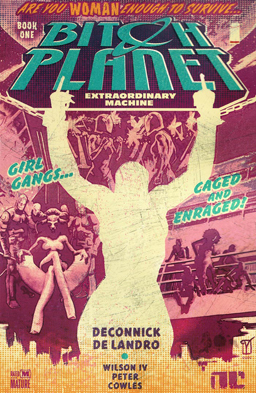 I can understand scepticism of consciously political art. But I feel it’s often misplaced. If an artist is choosing to create art about politics, it probably means that those politics have a deep power for them. Which in turn is probably because the politics are connected to their emotions, worldview, beliefs — all the things that give art power. A political theme doesn’t elevate a work of art, but good art can illuminate the political. An artist may create consciously political art because politics are their passion. A storyteller may find their politics are the lens through which to present human truth and artistic power.
I can understand scepticism of consciously political art. But I feel it’s often misplaced. If an artist is choosing to create art about politics, it probably means that those politics have a deep power for them. Which in turn is probably because the politics are connected to their emotions, worldview, beliefs — all the things that give art power. A political theme doesn’t elevate a work of art, but good art can illuminate the political. An artist may create consciously political art because politics are their passion. A storyteller may find their politics are the lens through which to present human truth and artistic power.
Which brings me to Bitch Planet, the creation of writer Kelly Sue DeConnick and artist Valentine De Landro. Some basic information on the book: it’s an ongoing comic published by Image projected to run at least thirty issues. The first five issues have been collected into a trade paperback, while the sixth came out earlier this month. Individual issues have bonus features including essays, letters pages, and selections of tweets and instagrammed pictures from readers. Cris Peter does the colours and Clayton Cowles the lettering; art for the third issue came from Robert Wilson IV, while Taki Soma handled the sixth. The series has built a devoted fan following and been very well reviewed — and it’s easy to see why.
Bitch Planet is set in a future with interplanetary (presumably interstellar) travel and 3-D holograms and an even greater media saturation than we have today. Patriarchy’s more blatant, an MRA extremist’s idea of utopia (naturally, therefore, everybody else’s dystopia). Women can be arrested for various kinds of “non-compliance” — things like “disrespect” and “emotional manipulation” and being a bad mother and, generally, not acceding to society’s expectations. One character’s crimes include “repeated citations for aesthetic offences, capillary disfigurement and wanton obesity.” The non-compliant criminals are exiled to an off-Earth prison, the eponymous “Bitch Planet.”

